Tired of your stucco exterior? Wondering whether or not you can install vinyl sidings over stucco? Well, you’re at the right place!
Stucco has always been one of people’s favorite when it comes to their home’s exterior. But despite all the amazing qualities such as durability and beautiful aesthetic, with time, many problems such as cracks and water damage also start to fester on stucco walls.
So, homeowners are left with two options sooner or later: repairing and refinishing stucco or exploring other available options for their home exterior. If you fall in the latter category, this post is a treat for you! Let’s begin!
Table of Contents
Can You Put Vinyl Siding Over Stucco?
So, can you put vinyl sidings over stucco? A simple answer – yes, you definitely can! However, there are certain things to keep in mind before you try and install the sidings over stucco.
Vinyl sidings aren’t directly attachable to your old stucco. So, you must prep stucco beforehand in order to install vinyl sidings properly and with ease. Read on to find out what precautions to take and a step-by-step guide to cover stucco with vinyl sidings.
4 Reasons to Put Vinyl Siding Over Stucco
Now, let’s discuss a few common reasons why homeowners opt for vinyl sidings. If your case resonates with any of the following scenarios, installing vinyl sidings might be the best option for you.
1. Weatherproofing
This is probably the most loved aspect of vinyl siding. The material being vinyl, which is impressively resistant to weather changes, reduces the weather-induced damages of the exterior impressively.
Vinyl sidings don’t absorb any moisture, which prevents them from moisture-prone damages such as discoloration and cracking. So, in this category, vinyl sidings win over stucco by miles.
2. Change of your home aesthetic
There’s no doubt that stucco has fabulous aesthetics. But if you’d ask us, the classic siding look for a home’s exterior is something we’ll never get enough of.
Moreover, if your stucco is in dire need of cleaning, painting and refinishing, covering it with vinyl sidings for a brand-new look is also an excellent idea.
3. Cracks on stucco walls
If you’re tired of cracks on your stucco walls, that’s another reason to cover stucco walls with vinyl sidings.
Stucco walls can crack when your home’s foundation settles due to vibration or some other construction problems. These cracks can form in varieties of width, depth, and patterns contingent upon underlying issues.
So, if you’re tired of minor hairline cracks that don’t need major attention yet, have destroyed the look of your stucco, installing vinyl sidings is a smart way to cover such cracks.
4. Water damage on stucco
Stucco is permeable to water and, thus, is prone to water damages. However, it would be unfair to say that stucco isn’t durable. Despite being more durable than vinyl sidings if cared for properly, homeowners with stucco can sometimes be frustrated by stucco leaks.
Continuous exposure to heavy rain might even engender stucco to break apart and fall off. So, if seasonal rainfall is horrific where you live, a vinyl siding exterior is an excellent option for you.
Water damage can cause stucco discoloration and even hairline cracks which might fester to more severe cracks if they aren’t appropriately addressed. Improper installation of water barrier products can further exacerbate such water damage issues.
Step-by-step Guide to Install Vinyl Siding Over Stucco?
If the four reasons elaborated above were enough to convince you to install vinyl sidings, let’s get onto the real procedure, shall we? Here’s a step-by-step guide to install vinyl sidings over stucco.
Step 1. Repair any imperfections on your stucco
First and foremost, in order to prep your stucco for vinyl sidings, it is imperative to repair the problems such as cracks and holes on your walls. Yes, vinyl sidings do cover all the surface imperfections of your old stucco, but that doesn’t mean you leave the major issues unaddressed.
Moreover, if you don’t fix the cracks on the stucco, the crumbling pieces will later on fall between your brand-new vinyl siding and the old stucco.
The finishing of the repair doesn’t have to be visually appealing, as vinyl siding can do its magic later on. Just make sure that the cracks are sealed, and the water damage issues are taken care of.
If the cracks are minor, simply caulk the cracks and holes using a caulk gun. For deeper issues such as foundation settling, you might need to seek a specialist’s advice. Moreover, if your budget allows, you can remove the old stucco entirely and start from scratch.
Step 2. Install furring strips
Let’s discuss what furring strips are and why you have to install these before installing your vinyl sidings. Furring strips are thin wooden structures, just like joists, used to lift a structure, primarily to provide enough area for insulation or prevent dampness.
Vinyl siding needs finesse; one must leave at least a 1/16-inch gap between the nail head and the siding to provide enough space for its expansion with increasing temperature. Thus, these sidings should be hand-nailed instead of using a nail gun.
For this purpose, furring strips act as a base to which you can hammer your sliding into. Moreover, hammering nails down straight into stucco can be risky as the wall might crack due to its hard and inflexible nature.
For furring strips installation, predrill furring strips, 8-inches apart, and secure them in place using concrete nails. These long wooden strips should be attached vertically to the stucco every 16-inches.
It is also essential that you add these strips to the wall’s outer edges as well as next to doors and windows. Adding furring strips also makes enough room for an insulation board.
Step 3. Attach insulation board
For energy-efficient exterior walls, this step is as essential as any other. However, many seem to forget or completely opt-out of adding insulation board under vinyl siding. If you’d ask us, we’d highly recommend you follow this step.
Choose insulation board depending upon the thickness of the furring strips as the board can only occupy the volume that addition of these strips has raised.
Now, cut the insulation board such that it covers the area between two furring strips snuggly. Apply recommended adhesive and attach these insulation boards in between all the furring strips.
Step 4. Install vinyl sidings
Finally, after all these stages of preparation and insulation, we can finally hang out vinyl sidings. Start by installing trims around windows, doors, and corners.
The first siding you must install is to the bottom of the wall, flush with the sill plate bottom, and nail the siding 16-inches apart. Remember not to nail down too tight; the siding needs room for temperature-induced structural changes.
Once the first siding is in place, add the second siding in such a way that its bottom edge locks with the top edge of the first panel. Ensure that siding rows are leveled at appropriately nailed. Repeat this process until you’re all the way to the top. And, that’s it, you’re done!
Vinyl Siding: Care and Maintenance
Now that you’ve installed your vinyl sidings over stucco, you surely want it to be durable, don’t you? Well, if yes is your answer, you’ll probably need to maintain vinyl sidings properly. Here are a few tips for you.
1. Choose the right cleaner for your vinyl siding
Organic solvents are not appropriate for cleaning vinyl siding, and neither are many other DIY or commercial abrasive cleaning products that we commonly use around our home.
In order to make sure that your vinyl siding will not be compromised by using such unfit products, always seek an expert’s approval before selecting a cleaning method.
However, for simple cleaning and stains, a mild soap or detergent water and a soft cloth or a soft-bristled brush are enough. You may use abrasive products in case you have stubborn stains on your sidings. Clean your vinyl exterior once or twice a year to keep them fresh and new.
2. Protect the sidings from discoloration
The major reason why sidings discolor towards the bottom is due to the use of herbicides and insecticides near the sidings. If discolored, you can paint the sidings, but only if the warranty agreement allows you to do so.
3. Keep sources of heat away
Exposing your vinyl sidings to extreme heat, such as grills, might cause them to buckle. These sidings are also combustible. So, always maintain an appropriate distance while handling such flammable items.
Also, make sure that strong sunlight reflection via your neighbor’s energy-efficient windows isn’t directly falling upon your vinyl sidings.
Summary
Your home’s exterior deserves equal time, and attention as the interior gets. After all, your indoor space access is limited to your close circle, but the exterior, even a stranger, passing by, has the privilege of appreciating its beauty.
So, if you’ve finally decided to install vinyl siding over stucco, we’d highly recommend you to perform each step meticulously and seek professional help if you aren’t confident enough. If you have any queries, you know where to leave a comment!
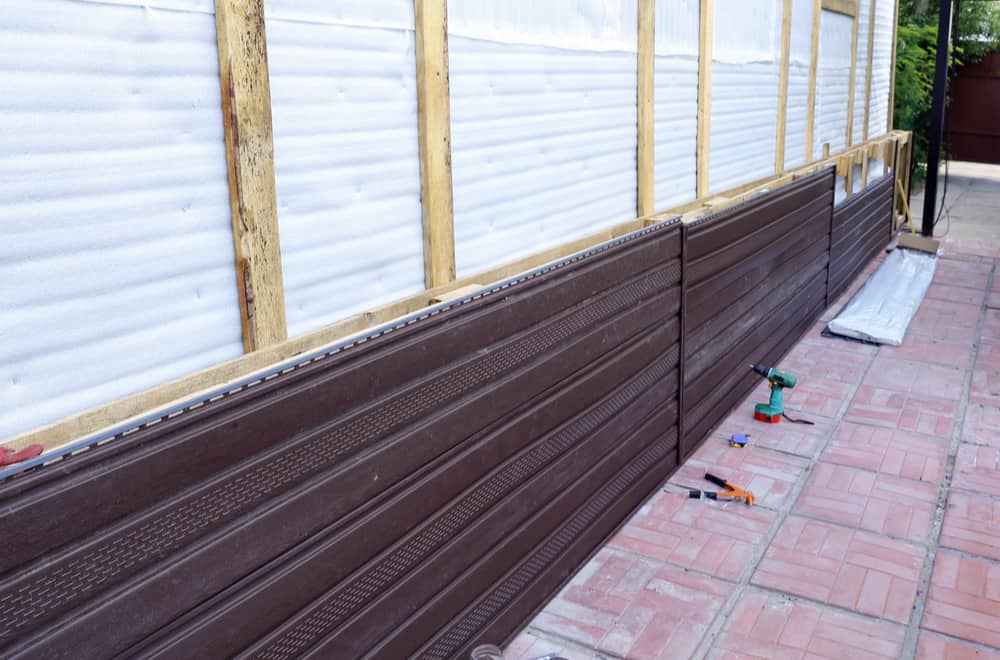
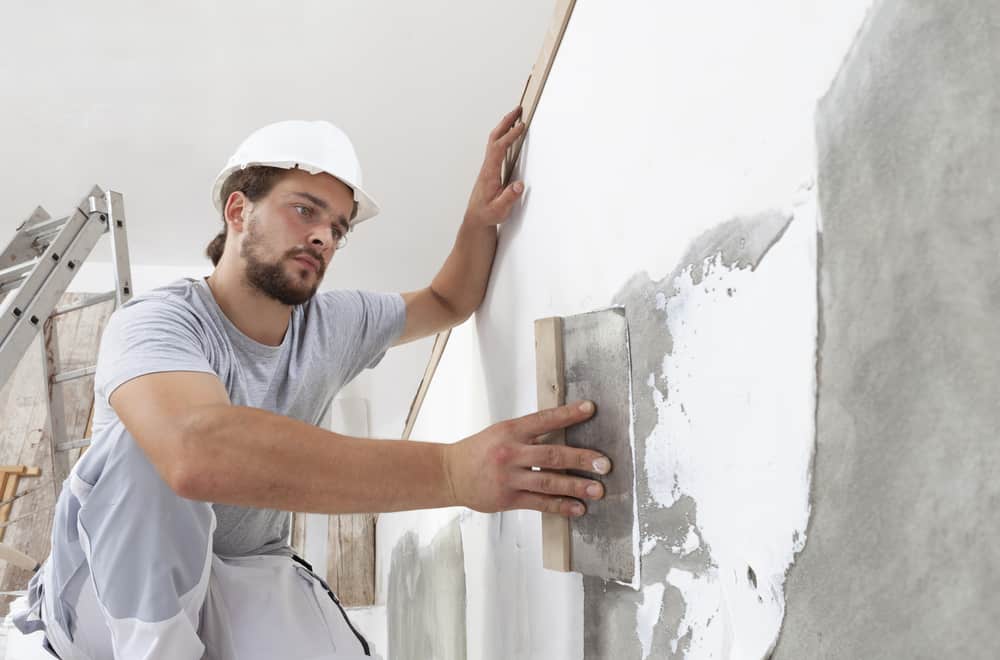
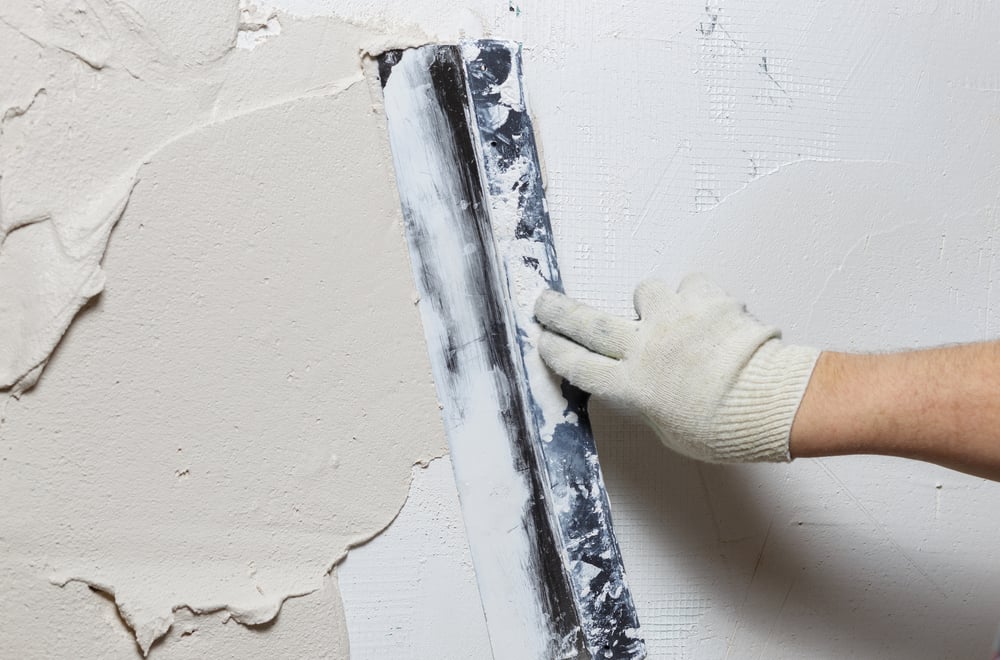
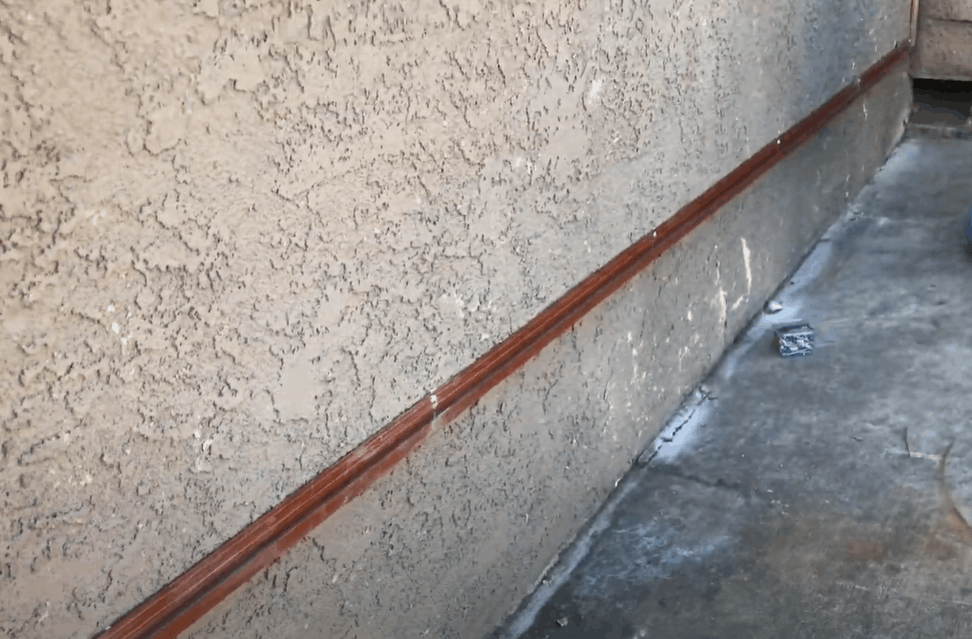
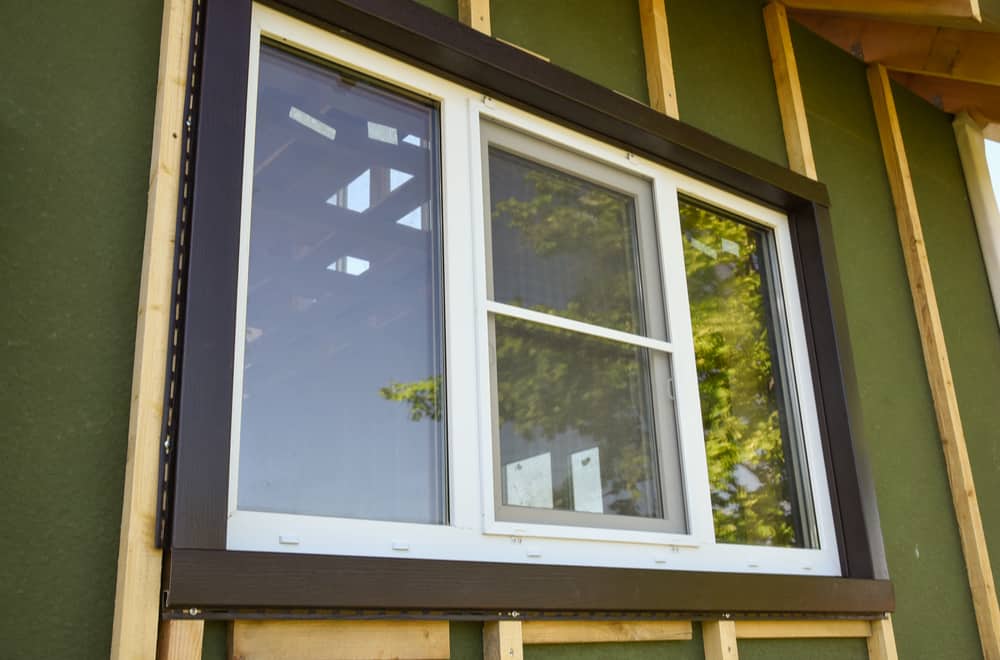
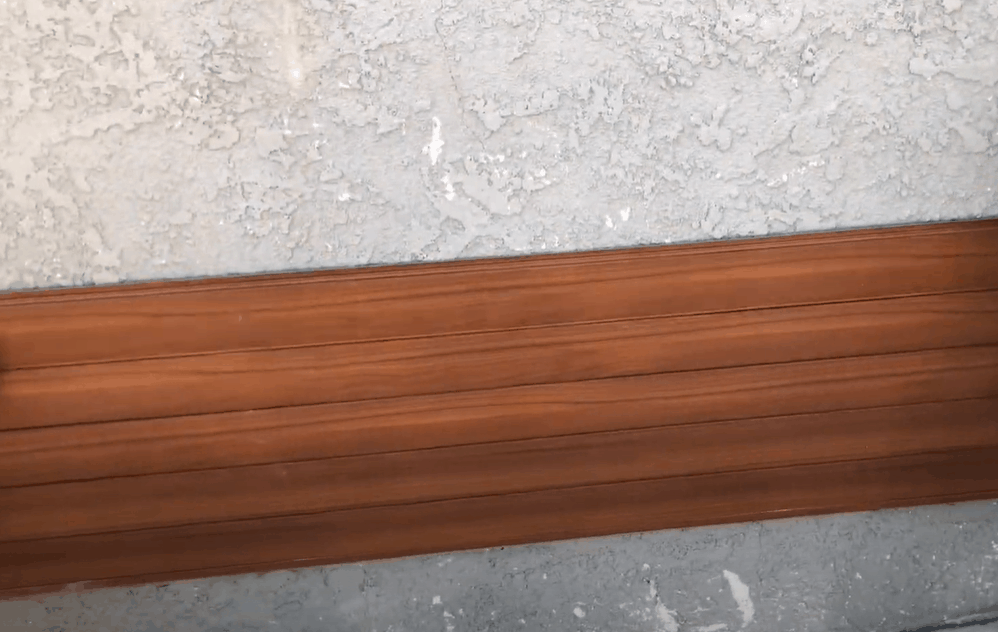
Thank you for pointing out that vinyl siding does not absorb moisture, which protects them from moisture-related damage like discoloration and cracking. I recently moved into a new home and would like vinyl siding installed. I’ll hire a professional to install vinyl siding.